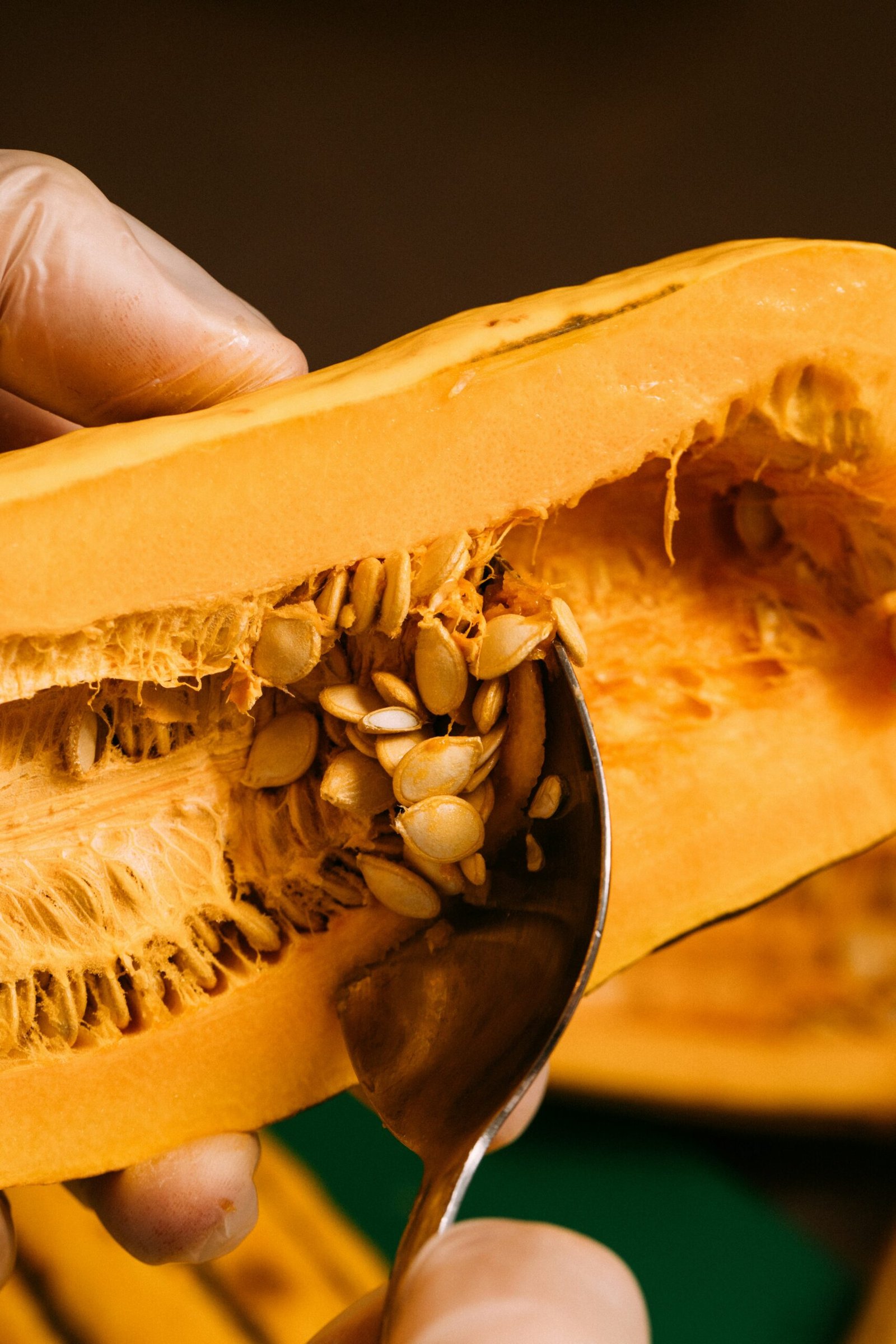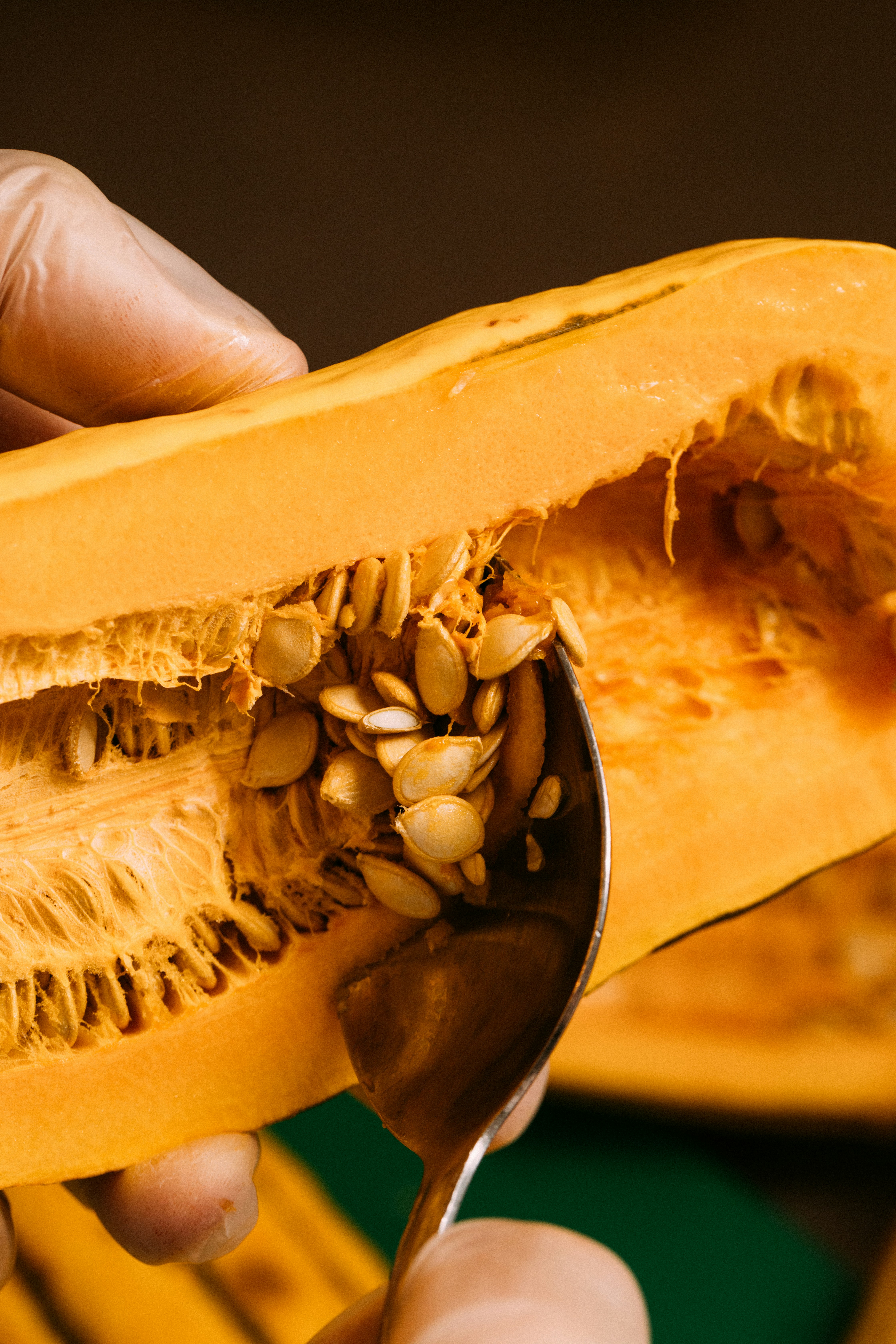Have you ever wondered about the invisible science happening in your kitchen as you cook your favorite meals? It’s fascinating that something as simple as boiling, steaming, or roasting can significantly alter not just the flavor but also the nutritional properties of your ingredients. Among the many components influenced by cooking is the presence of oxalates, naturally occurring compounds found in various foods. In this article, we’ll unravel the intriguing connections between your cooking methods and the levels of oxalates, shedding light on how you can optimize the nutrition in your meals while maintaining flavor.
Understanding Oxalates: What Are They?
Oxalates, also known as oxalic acid, are natural compounds found in many plants, serving as part of their defense mechanism. They occur in foods like spinach, rhubarb, beets, nuts, seeds, and even chocolate. Though generally harmless in small amounts, when consumed excessively, they can lead to health issues, especially if your body doesn’t handle oxalates well.
Why Should You Care About Oxalates?
It’s crucial to understand oxalates because they can bind to minerals like calcium in your gut, forming compounds that your body can’t absorb. This binding reduces nutrient absorption and can even lead to the formation of kidney stones in susceptible individuals. While not everyone needs to be concerned about their oxalate intake, those with specific health concerns, such as kidney stones or certain dietary restrictions, should pay attention to the oxalate content in their diet.
The Science of Cooking Methods
The magic of cooking doesn’t just transform raw ingredients into delicious dishes; it also alters their chemical composition. Different cooking methods can drastically change the oxalate levels in food, which can be particularly important if you’re trying to manage your oxalate intake.
Boiling: The Oxalate Reducer
Boiling is one of the most effective methods for reducing oxalate content in foods. When you boil vegetables, for instance, a significant portion of the soluble oxalates leach into the water. That’s because the heat causes the cellular structure of the vegetable to break down, releasing oxalates into the boiling water. This is why boiling is recommended for people seeking to reduce their oxalate consumption.
Effects of Boiling: An Example
Take spinach, for instance—one of the highest oxalate-containing vegetables. When boiled, more than 30% of its oxalates can be reduced. Making this a regular cooking practice can significantly lower your overall oxalate intake if you consume spinach frequently.
Here is a simplified example with spinach:
| Cooking Method | Oxalate Reduction |
|---|---|
| Raw Spinach | 0% |
| Boiled Spinach | 30%+ |
Steaming: A Preserver of Nutrients
While steaming is gentle on the nutrients, it is less effective at reducing oxalate levels compared to boiling. The closed environment and lack of direct contact with water mean fewer oxalates are leached out in the process. However, if you wish to retain more vitamins and minerals while accepting the trade-off of higher oxalate content, steaming can be a great option.
Sautéing and Frying: Flavorful yet Limited
Sautéing and frying add a delightful flavor to vegetables, creating a pleasing taste profile that is hard to resist. These methods involve high heat and a certain amount of fat but do not significantly reduce oxalate levels. The contact between the food and oil, rather than water, causes only minimal change in oxalate content.
Roasting and Grilling: Adding that Smoky Touch
Roasting and grilling impart rich, caramelized flavors to vegetables but, similar to sautéing, they do little to diminish oxalate levels. The nature of these methods, which involves dry heat, means there is not much interaction with water, reducing the possibility of oxalate leaching. These techniques might work better for flavor enhancement rather than oxalate reduction.
How To Manage Your Oxalate Intake
Understanding how cooking affects oxalate levels is just one step. Now, let’s explore practical strategies for managing your oxalate intake effectively.
Balancing Your Plate: Low and High Oxalate Foods
A sensible approach to managing oxalate intake is to balance high-oxalate foods with those that have low oxalate content. This strategy can help you enjoy a variety of foods while managing your overall oxalate consumption.
Examples of High vs. Low Oxalate Foods
| High Oxalate Foods | Low Oxalate Alternatives |
|---|---|
| Spinach | Kale |
| Beets | Carrots |
| Nuts (e.g., almonds) | Walnuts |
| Chocolate | White chocolate |
Calcium and Oxalates: A Balancing Act
Calcium is known to bind oxalates in the gut, rendering them less likely to form kidney stones. Consuming calcium-rich foods alongside moderate oxalate sources can be beneficial. This doesn’t mean consuming them in excessive quantities but finding a balance that allows calcium to naturally counteract oxalates in your diet.
Hydration: The Crucial Habit
Staying well-hydrated is a cornerstone for managing oxalate levels, particularly for those prone to kidney stones. Adequate fluid intake can help flush oxalates through your kidneys, preventing accumulation and possible stone formation.
Personalized Diet Choices
Remember, not everyone needs a low-oxalate diet. If you have specific health conditions like kidney stones or have been advised by a healthcare professional to monitor oxalate intake closely, these steps can be crucial. Otherwise, a balanced diet with a variety of foods should suffice for most individuals.

Cooking Techniques to Optimize Nutrition
While managing oxalates might be one focus, cooking methods can also help optimize nutrient retention. Let’s delve into ways you can cook to maintain the nutritional integrity of your meals.
Embracing the Power of Allium Compounds
Onions and garlic are more than just flavor enhancers; they are nutritional powerhouses. When you chop or crush them, they release allium compounds that possess numerous health benefits, including anti-inflammatory and antioxidant effects. Allowing these to rest a few minutes before cooking maximizes this potential.
Utilizing Herbs and Spices
Incorporating herbs and spices can elevate your dishes both nutritionally and flavor-wise. They contain concentrated antioxidants and anti-inflammatory agents that can complement your meals while potentially supporting overall health. Introducing herbs like basil, parsley, and turmeric into your dishes can also enhance the culinary experience.
Leverage Cooking Oils for Added Benefits
While we’ve discussed avoiding excess oils for reducing oxalates, it’s essential to understand the role of different cooking oils. Olive oil, for instance, not only imparts a distinct flavor but also offers heart-supportive properties when used appropriately. The key is moderation and using oils at the correct temperatures to avoid smoking and associated health risks.
Fermentation: A Metabolic Enhancer
Using fermentation as a cooking technique can increase the availability of nutrients and beneficial bacteria in foods. Fermented foods like sauerkraut, kimchi, and yogurt offer unique taste profiles and are an excellent source of probiotics, which can’t be discounted in a well-rounded diet.

Conclusion: Making Sense of the Science
Cooking is indeed an art, but understanding its science can help you make informed choices, from managing oxalate levels to optimizing nutrient retention. By gaining insight into how your cooking techniques affect your food beyond just taste, you’re empowered to turn every meal into both a flavorful and nutritionally balanced experience. Let the joy of cooking and the power of knowledge guide you in crafting meals that both tantalize your taste buds and support your dietary needs.




